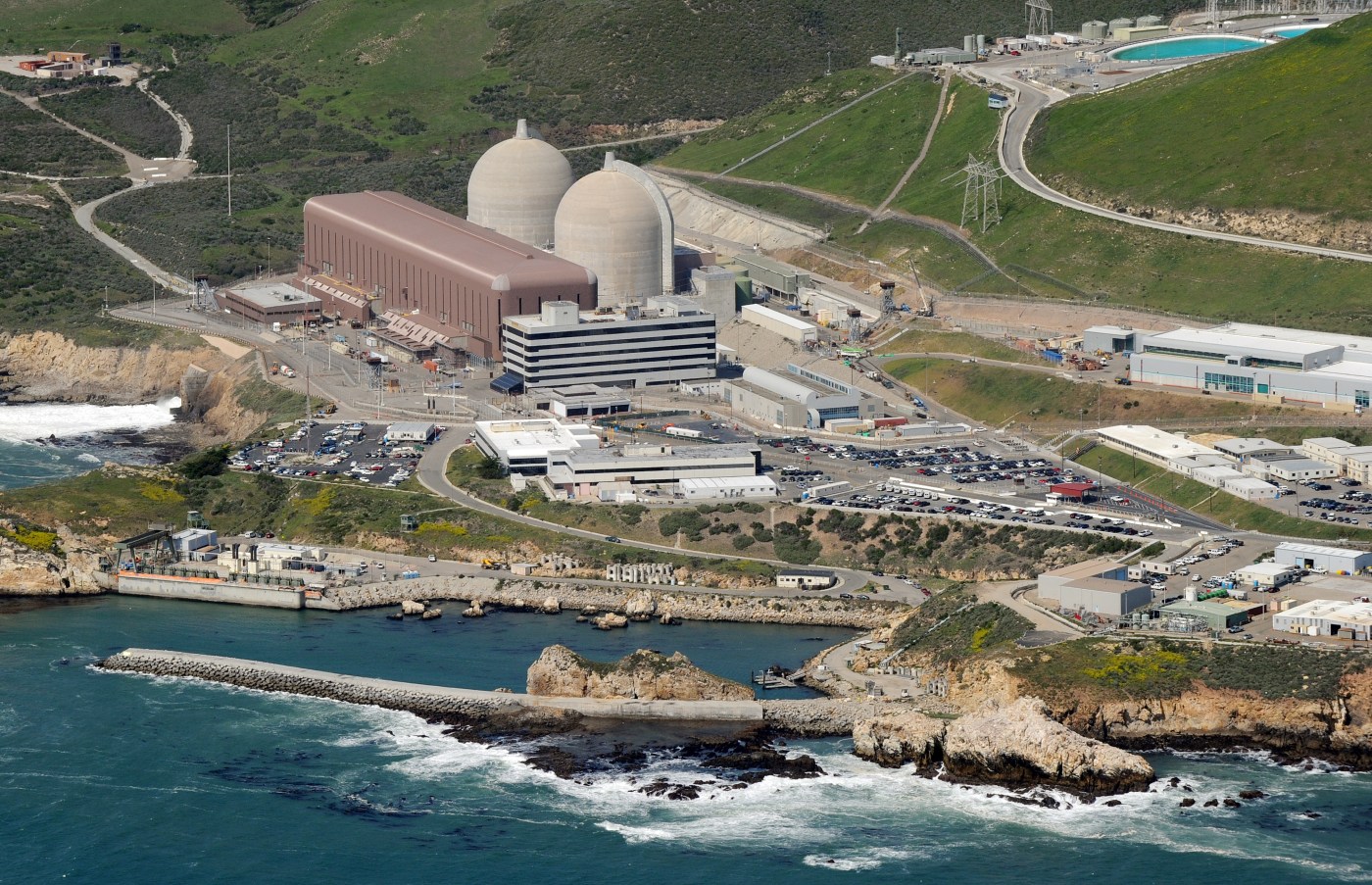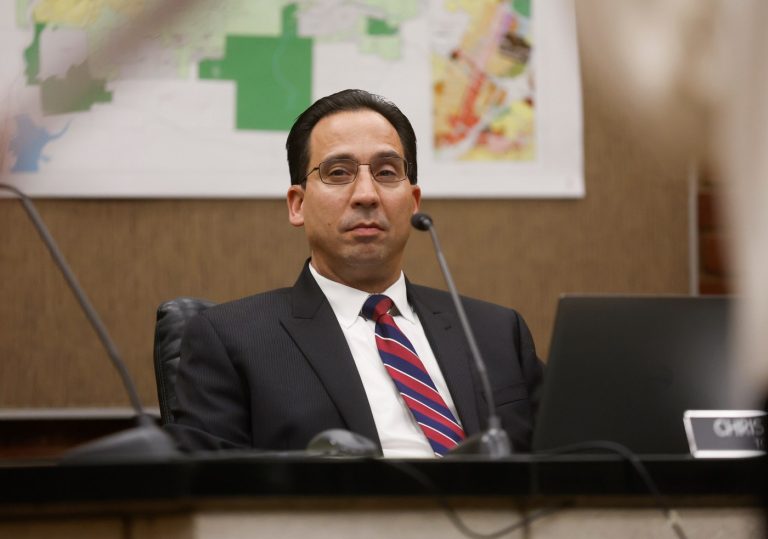OAKLAND — Operation of the aging Diablo Canyon nuclear power plant — which has become a key element of California’s strained electricity grid — could shove PG&E monthly bills higher, some experts warn.
The Diablo Canyon nuclear energy complex, perched along a scenic stretch of the California coast in San Luis Obispo County, was scheduled to cease operations starting in 2025.
But when it turned out that California faced the forbidding prospect of electricity shortages without the nuclear plant, Gov. Gavin Newsom approved a law to keep the plant operating for years beyond its proposed retirement date.
Now, some experts estimate the costs of operating Diablo Canyon are rising far faster than originally thought, although PG&E says the latest estimates are inaccurate.
What appears clear, however, is that PG&E monthly bills could head higher as soon as early 2025 due to the costs of keeping the plant’s two nuclear reactors running.
Even PG&E anticipates higher bills, according to an April 2024 filing the utility submitted to the state Public Utilities Commission.
“PG&E’s allocated revenue requirement for the calendar year 2025 results in a $2.07 per month bill impact for the average non-CARE residential customer” due to the ongoing operation of Diablo Canyon, PG&E stated in the April 8 filing with the state PUC.
The state PUC has launched a proceeding that could culminate in a decision regarding how much PG&E can collect from its customers to bankroll Diablo Canyon’s operations over the next few years.
In May 2023, PG&E estimated it might cost $5.2 billion to operate Diablo Canyon from roughly 2025 through 2030, the first five years of the extended operations at the nuclear complex.
Yet by July 2023, that estimate had jumped 55.8% to a new figure of $8.1 billion over the five years.
“This is crazy and out of control,” said David Weisman, Alliance for Nuclear Responsibility executive director. “The costs continue to escalate for Diablo Canyon.”
Some experts, including those with the Alliance for Nuclear Responsibility advocacy group, believe the costs have reached $11.8 billion.
Oakland-based PG&E vehemently disputes the alliance’s assessment.
“The Alliance for Nuclear Responsibility, an anti-nuclear advocacy group, has incorrectly asserted that PG&E’s Diablo Canyon Power Plant extended operations forecast has grown to $11.8 billion,” PG&E stated in comments the company emailed to this news organization. “This assertion is false.”
Despite the dispute over the eventual aggregate costs to operate Diablo Canyon through 2030, what is certain is that the plant’s operation will add to already fast-rising PG&E monthly bills.
In January 2024, the average bill for the typical residential customer who doesn’t receive subsidies was $294.50 a month for those who receive combined electricity and gas services from PG&E.
Related Articles
Battery-powered California faces lower blackout risk this summer
Letters: Utility tax | Green energy | Higher ideal | Ending violence | No good choice
PG&E customers face more increases in monthly utility bills: new state proposal
Opinion: Rooftop solar and batteries remain valuable investments
Letters: Abandoning ratepayers | Faltering Democrats | Growing problems
Put another way, monthly bills at the start of 2024 were 22.3% higher than the average monthly bill in January 2023.
“PG&E customers are just going to be left holding the bag, again,” said Loretta Lynch, a former PUC commissioner and harsh critic of both PG&E and the state PUC. “These rising cost estimates for Diablo Canyon are ridiculous.”
In Lynch’s view, the state PUC has taken a lax approach to overseeing and supervising PG&E.
“It is past time for the PUC to put a stop to PG&E’s games,” Lynch said. “If the PUC does nothing, PG&E customers will continue to suffer.”
The Environmental Working Group is urging Gov. Gavin Newsom to intervene.
“Given the state’s budget shortfalls, it’s imperative to scrutinize PG&E’s plan for Diablo Canyon before giving the facility even one more cent,” the Environmental Working Group asserted in a statement ahead of a news briefing to put a spotlight on the Diablo Canyon cost issues.
By the end of this year, the state PUC could decide how much PG&E customers should pay to foot the bill for extended operations at the nuclear plant.
In 2022, state officials led by Gov. Newsom authorized the extended operations of Diablo Canyon when it became clear that Califonia faced a dire electricity shortage.
“Every day, Diablo Canyon produces enough safe, reliable, and affordable clean electricity to meet the energy needs of more than 3 million Californians, all while producing zero greenhouse gas emissions,” PG&E stated in the emailed comments.
A touted boom of renewable energy sources that would play a big role in meeting statewide electricity needs has failed to materialize so far.
“Recognizing that there are no alternative clean energy sources available to meet the state’s climate objectives, we remain committed to following the state’s direction to continue operating the plant until its output can be replaced by renewable energy resources,” PG&E stated in the email comments.
While a debate rages over how to meet California’s long-term electricity needs, in the here and now, PG&E monthly bills are already rising several times faster than the overall inflation rate in the Bay Area, as measured by the local consumer price index.
“PG&E customers are already overburdened,” Weisman said. “This is a devastating financial liability at a time of increasing power bills and rates.”












